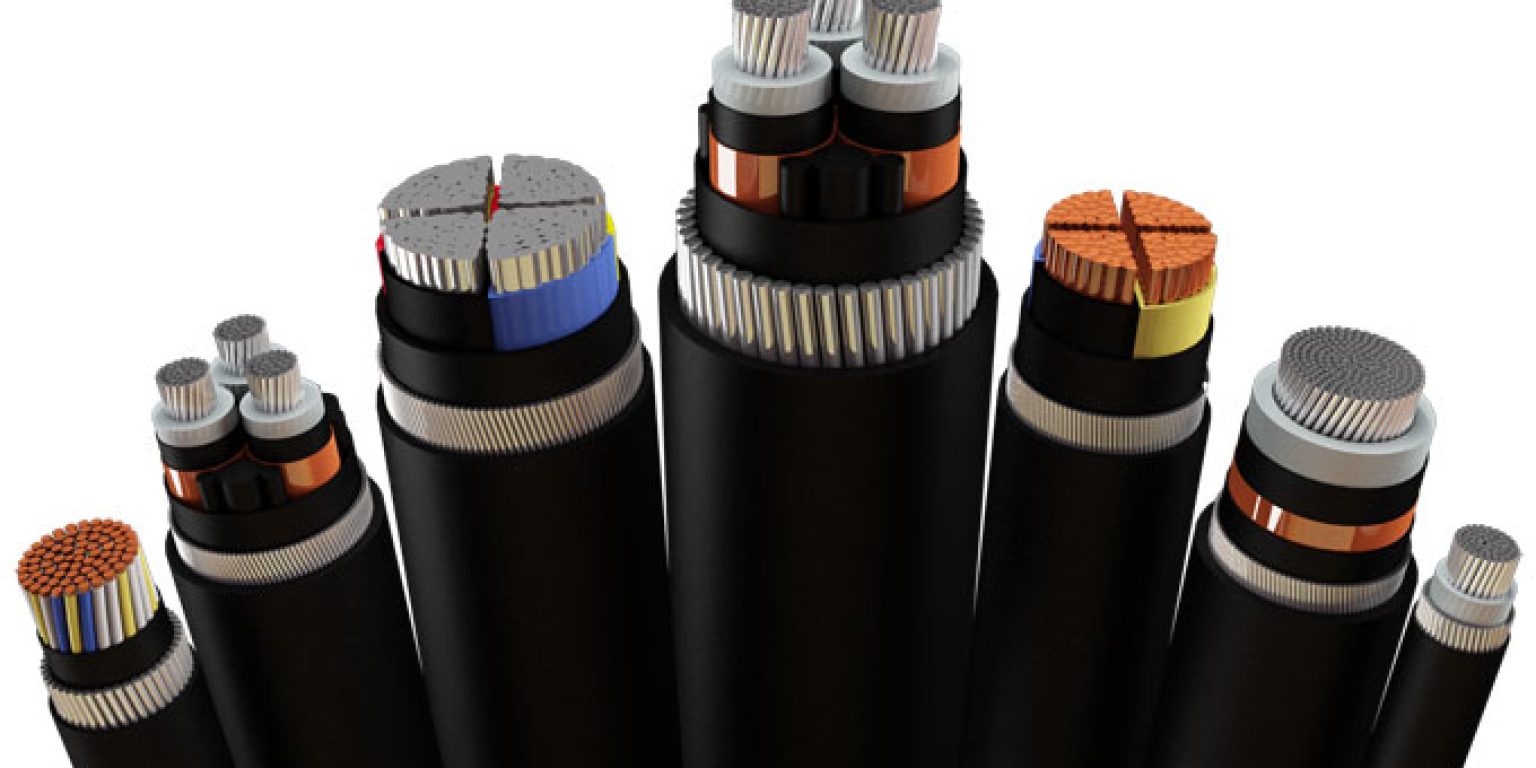Electrical wiring wire identification is an essential task for any electrician. Properly identifying the wire gauge, type, and installation requirements is essential for ensuring safe and efficient operation of a system. With the vast array of wires available on the market today, it can be difficult to determine which type of wiring is appropriate for an application. Thankfully, there are several identification techniques available that can help electricians in determining the most suitable wire for their projects.
One of the most important steps of electrical wiring wire identification is to evaluate the gauge of the wire. This involves determining the thickness of the wire—known as the American Wire Gauge (AWG)—and selecting the appropriate gauge for the specific job. The AWG is critical, as it ensures that the right amount of current can flow from the source to the load with minimal risk of overheating or fires. Generally, a higher AWG is required for higher voltage applications, while lower AWG wires are usually suitable for low voltage systems.
It is also important to identify the wire type when performing electrical wiring wire identification. Different types of wires, such as THHN, UF-B, and XHHW, offer different levels of insulation, protection, and flame resistance. When selecting the appropriate wire, the electrical code and local regulations should be followed to ensure safety and compliance standards are met.
In addition to matching the correct wire gauge and type, electrical wiring identification also involves verifying the installation requirements of the wiring. This includes inspecting the voltage, power, grounding, and other parameters to make sure the wiring is up to code and capable of providing the necessary power supply. After confirming the appropriateness of the wire, the electrical wiring should be properly terminated to get the most from the wiring.
In summary, making sure all wires are properly identified is a critical part of any electrical wiring installation. By assessing the wire gauge, type, and installation requirements, electricians can rest assured that their project will be up to code, efficient, and safe.

Electrical Wall Plug Wire Connections White Black Ground Identification Ribbed Vs Smooth Zip Cord

How To Identify Positive And Negative Wires 10 Steps

Identification And Prevention Of Electrical Short Circuits Gervais Electric

410 69 Identification Of Control Conductor Insulation

Wiring Diagram A Comprehensive Guide Edrawmax Online

Wiring Diagram Incandescent Light Bulb Wire Electricity Idea Electronics Electrical Wires Cable Png Pngegg

Free Webinar Solutions For Cable And Wire Identification Live Hands On Demo Broadcasting
Help Identify Wire Please Bronco Forum Full Size Ford

Aircraft Electrical Prints 14276 226

How To Identify Positive And Negative Wires 10 Steps

How To Identify Aluminum Wiring Westridge Electric Okotoks Electricians

Help With Wire Identification Mercedes Benz Forum

Types Of Electrical Power Cables Sizes Ratings Electrical4u

Tips For Identifying Diffe Electrical Wires The Good Men Project

How To Identify Line And Load Wires 4 Ways

The Complete Guide To Electrical Wiring Eep

Wiring Diagram Bike Forums

Electrical Cable Size 5 Ways To Help Identify And Understand